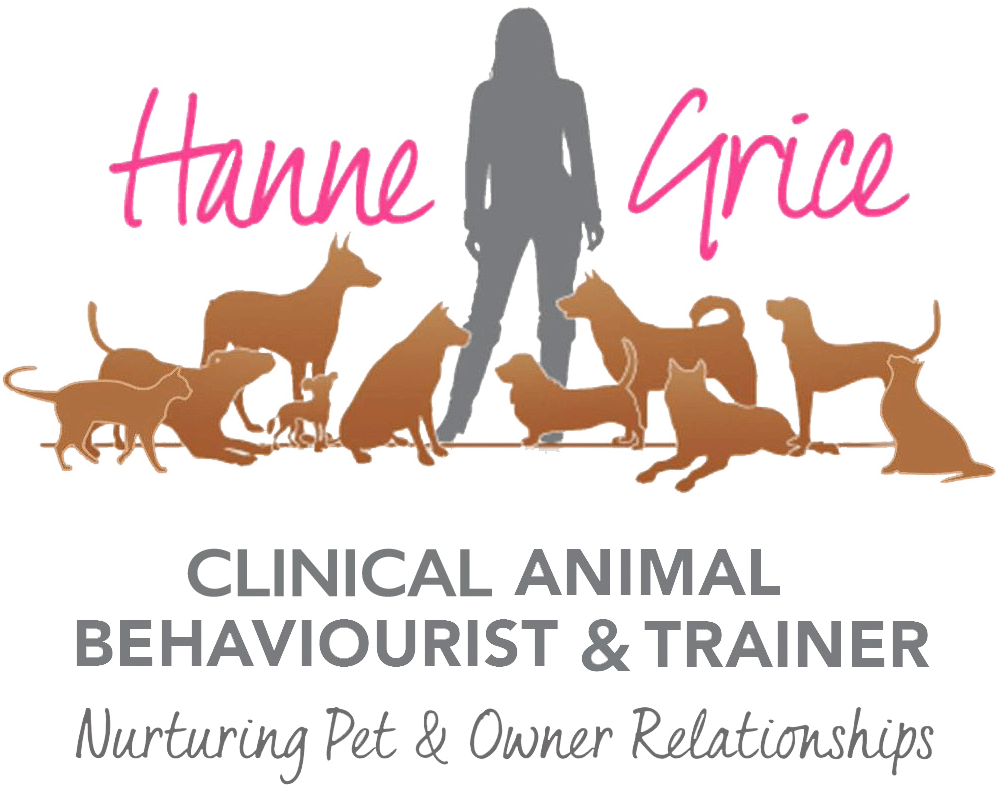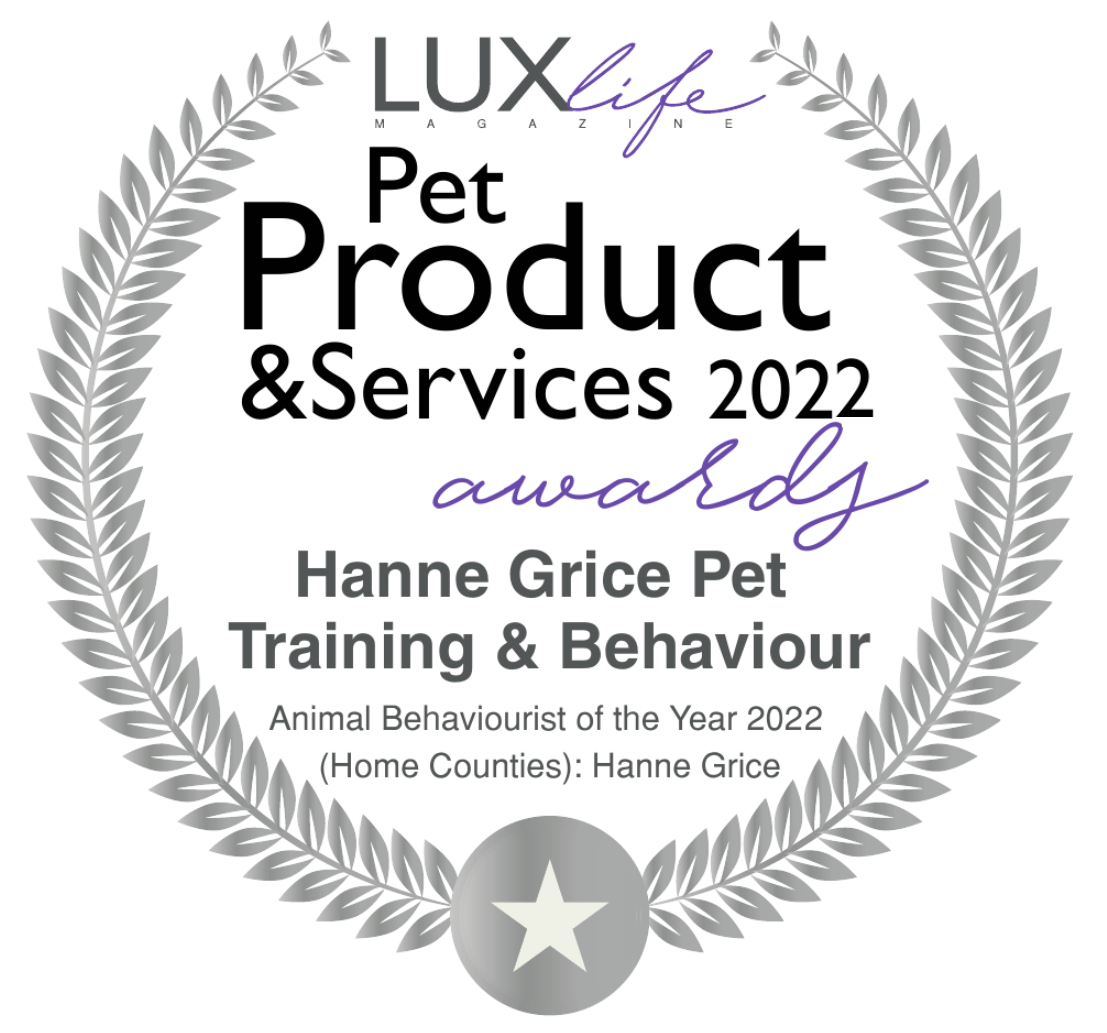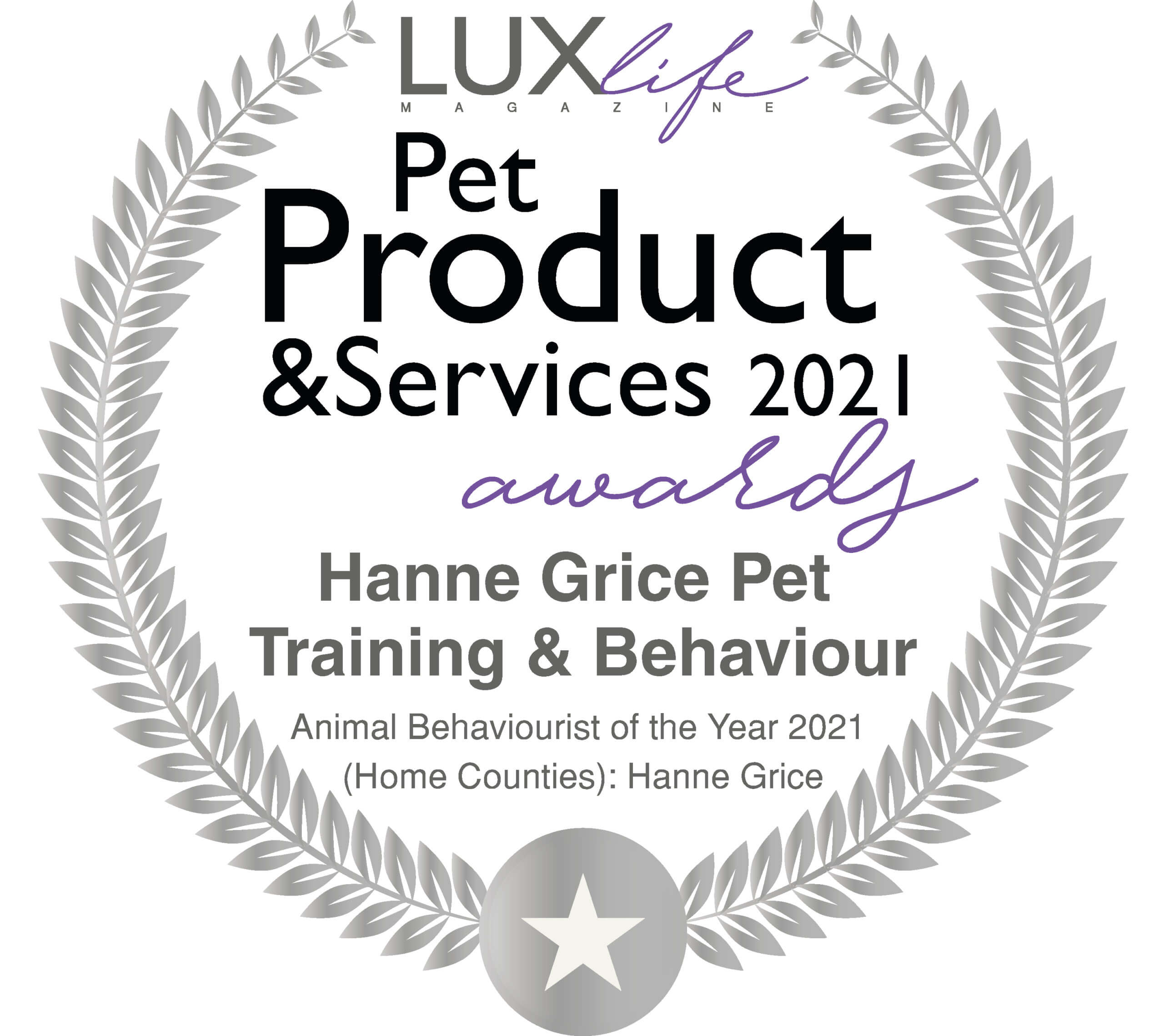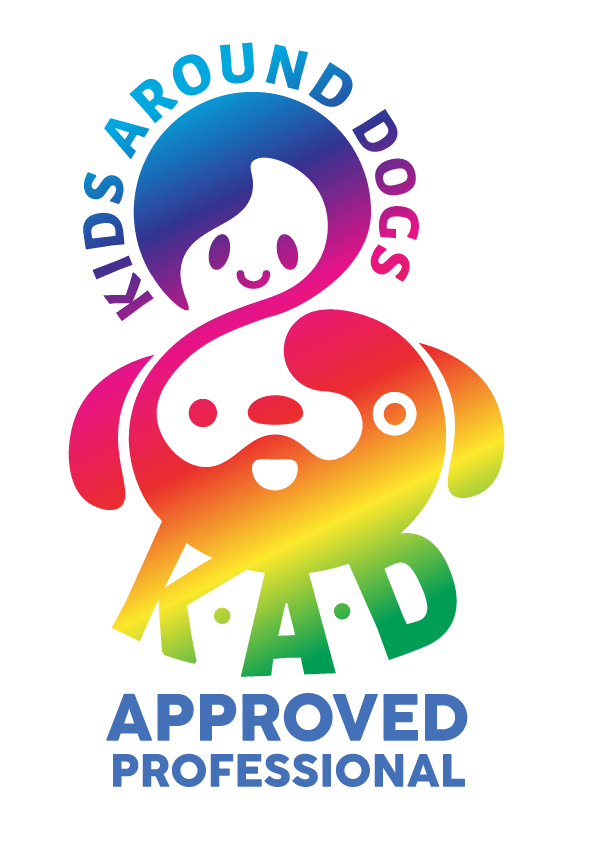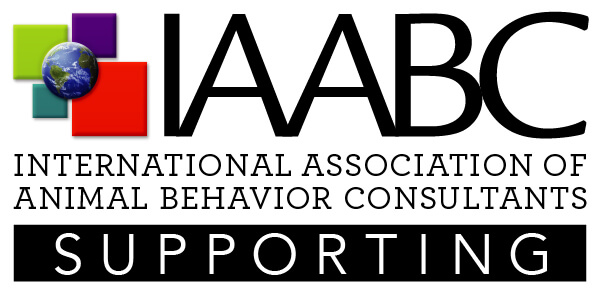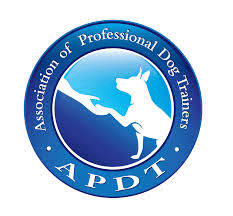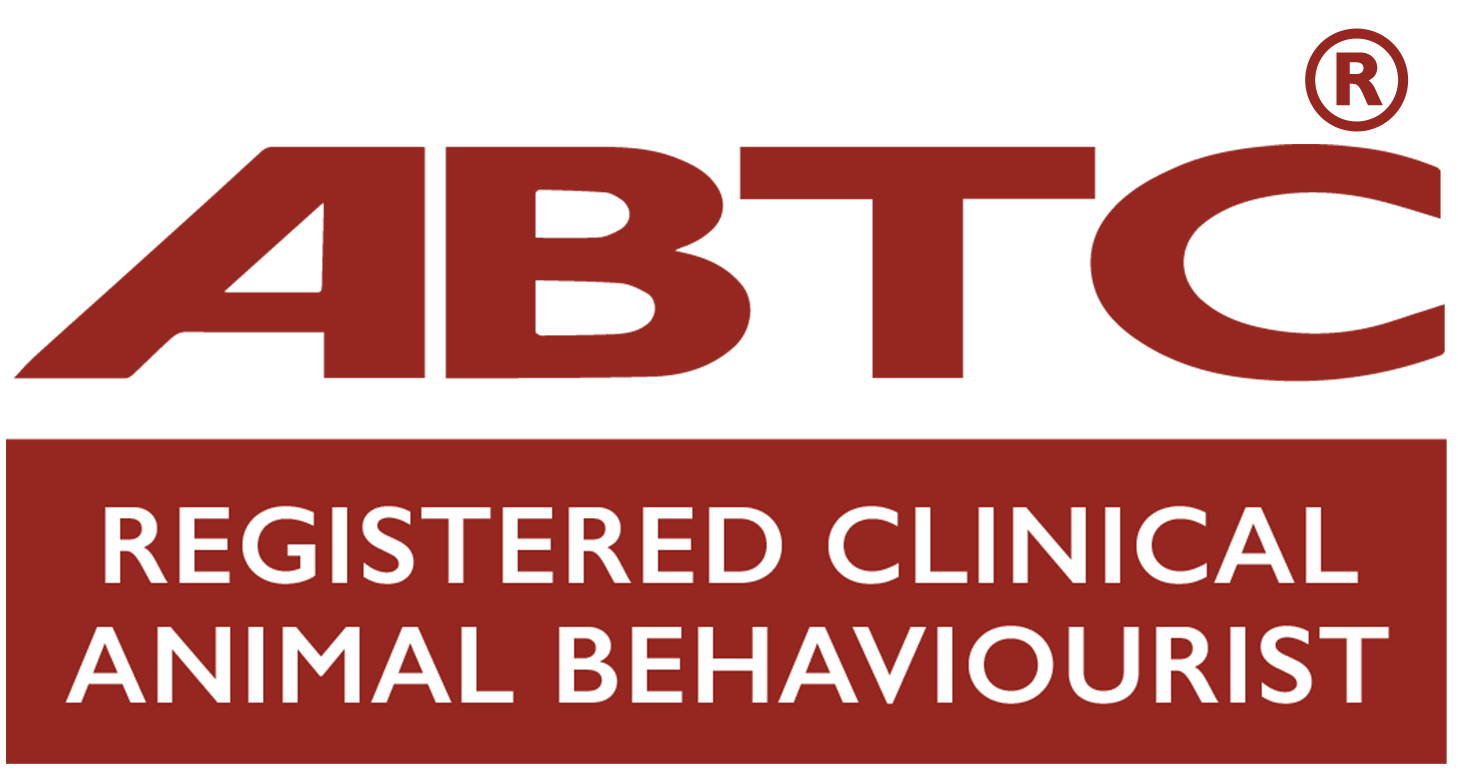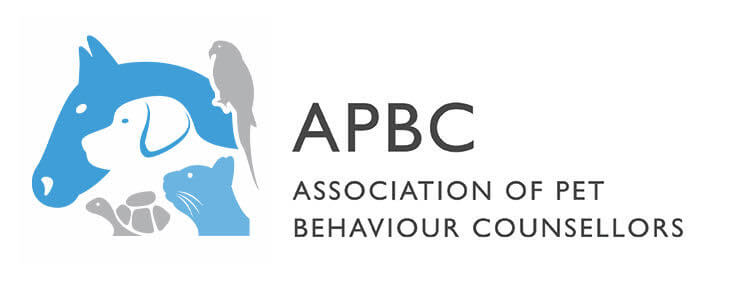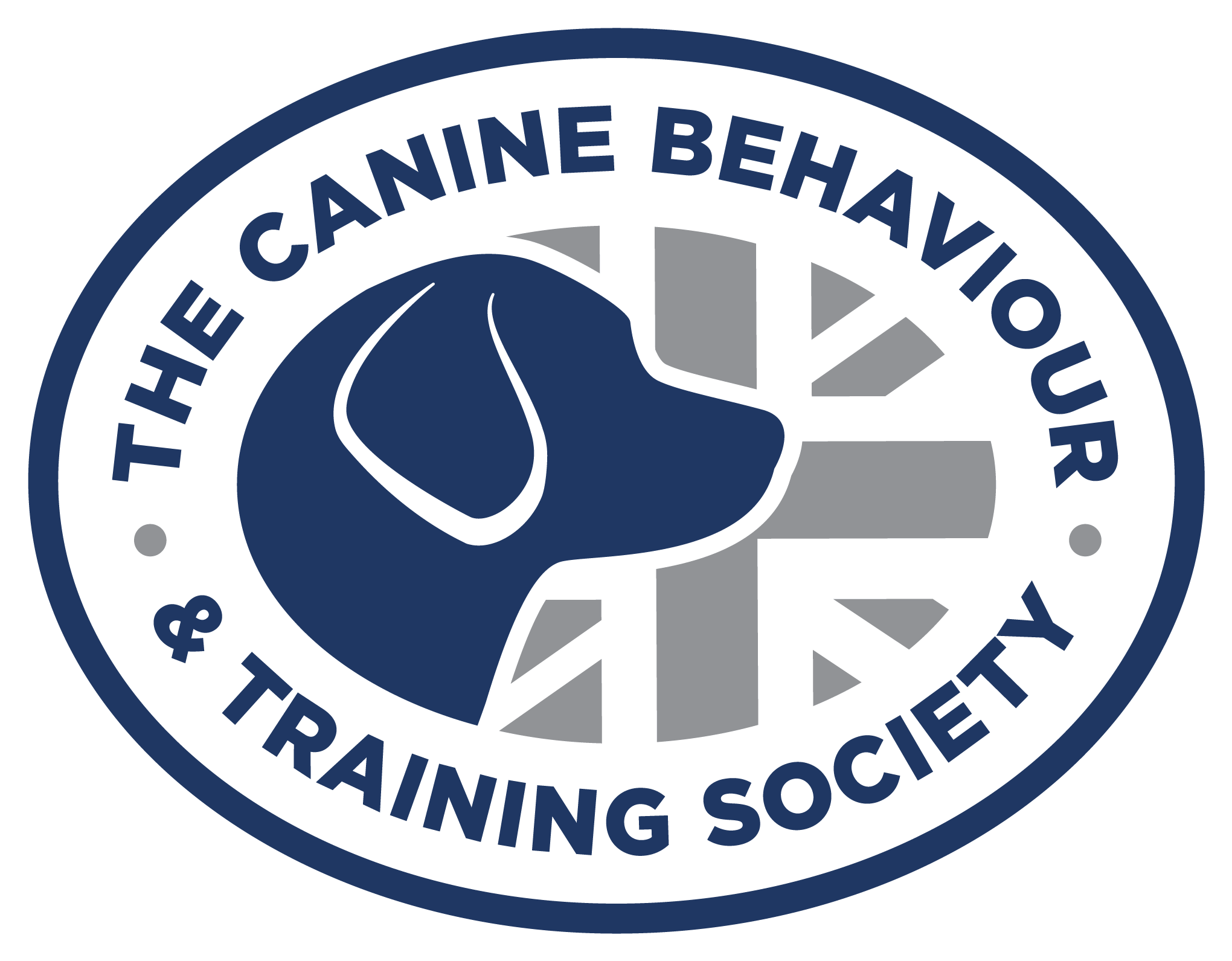This article is aimed at animal practitioners to help them better understand their clients, especially when they meet resistance, and how they can help their clients overcome this.
Pet owners often seek assistance from professionals in training and behaviour modification programmes to address their furry, feathered or scaly companions behavioural issues. However, implementing changes in pet owners’ behaviour and mindset can be met with resistance. In this article, we touch on some of the reasons behind pet owner resistance to change and explores how cognitive biases play a role in this process. By understanding these dynamics, professionals can employ strategies to effectively navigate resistance and promote positive outcomes in training and behaviour modification programmes.

1. Fear of the Unknown
One primary reason for pet owner resistance to change is the fear of the unknown. Pet owners may feel apprehensive about the potential outcomes and consequences of altering their established routines or methods. The uncertainty associated with change can generate anxiety, making owners reluctant to embrace new techniques or approaches.
2. Confirmation Bias
Confirmation bias is a cognitive bias that predisposes individuals to seek information that confirms their existing beliefs or preconceived notions. In the context of animal training and behaviour modification, owners may hold steadfast beliefs about their animals’ behaviours, attributing them to certain causes or motivations. For example, the idea that their dog is “stubborn”, that chasing behaviours can only be ‘fixed’ using shock collars or other aversives, and that all Border Collies chase cars. This bias can hinder their willingness to consider alternative perspectives or approaches, impeding progress in the training process.
3. Status Quo Bias
Status quo bias refers to the preference for maintaining the existing state of affairs over embracing change. Pet owners may be accustomed to certain routines or patterns, even if they are not yielding desired results. This bias can create resistance to deviating from familiar practices, impeding their openness to adopting new training methods or modifying their own behaviour.
Overcoming Resistance and Biases
To effectively address pet owner resistance to change and mitigate the influence of cognitive biases, animal professionals can employ various strategies:
a) Education and Information: Providing pet owners with accurate and evidence-based information can challenge their existing beliefs and help them gain a deeper understanding of effective training and behaviour modification techniques. This has to be done carefully and in such as way to build trust and cooperation, otherwise there can be greater resistance where owners may feel the professional is diminishing the owner’s beliefs, attitudes and perception of things.
b) Empathy and Understanding: Professionals can foster a supportive environment by empathising with animal owners’ concerns and apprehensions. By acknowledging their fears and addressing them with compassion, professionals can establish a foundation of trust and collaboration.
c) Gradual Progression: Introducing changes in a gradual and incremental manner can help alleviate the fear of the unknown and make transitions more manageable for owners. Breaking down the behaviour modification and training process into achievable steps can build confidence and motivate owners to embrace change.
d) Positive Reinforcement: Utilising positive reinforcement techniques with pet owners themselves can help reshape their behaviour and attitudes. Recognising and rewarding their efforts and progress can counterbalance negative biases and reinforce their motivation to adapt.
Understanding the reasons behind pet owner resistance to change and the influence of cognitive biases in training and behaviour modification programmes is crucial for professionals in the field. By addressing these challenges with empathy, education, and strategic approaches, professionals can support pet owners in embracing change, leading to more successful outcomes for both the owners and their beloved animal companions.

Want to learn more? Check out my Learning Hub which includes the new Human Behaviour Change for Animal Professionals approved and recognised course; specifically designed for animal professionals to develop their knowledge and understanding about human-animal interactions and improve the client-animal practitioner relationship, to increase the success of behaviour/training modification programmes and client cooperation.
References:
- Lavis, C., & McGill, P. (2014). Why don’t we listen, learn, and implement? Understanding the diffusion of pet training knowledge. Journal of Veterinary Behavior, 9(5), 198-207.
- Tversky, A., & Kahneman, D. (1974). Judgment under uncertainty: Heuristics and biases. Science, 185(4157), 1124-1131.
- Turner, D. C. (2015). Behavioral biology of dog training: Evidence-based training and behavior modification. Veterinary Clinics of North America: Small Animal Practice, 45(2), 259-272.
Learn more about our classes
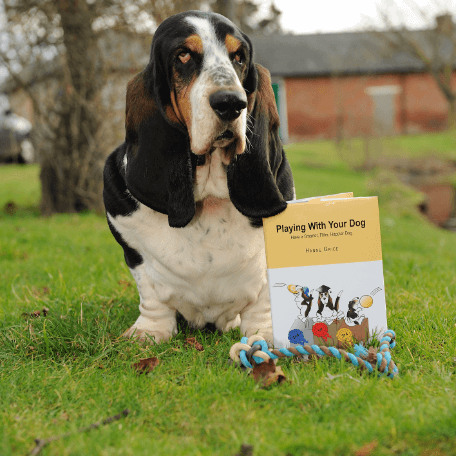
Get Hanne's Book
Playing With Your Dog will help any dog owner work out the games that are best suited for their pet to play throughout his life, from puppyhood to old age. The book also shares some tricks for all ages, group activities, and recommended toys that dogs will enjoy.

